Evaluating VOO’s Position in Large-Cap Growth Investing
Introduction
VOO, the Vanguard S&P 500 ETF, is a popular choice among investors seeking diversified exposure to large-cap stocks. It tracks the performance of the S&P 500, covering leading companies across various sectors. Many investors consider VOO for large-cap growth due to its strong representation of high-performing stocks, particularly in technology and healthcare. While VOO includes growth-oriented companies, it is categorized as a large-cap blend ETF rather than a pure growth fund. Understanding its sector allocation, historical performance, and risk-return profile is essential for determining whether it aligns with growth-focused investment strategies.
Understanding VOO’s Investment Strategy
VOO, the Vanguard S&P 500 ETF, is designed to track the performance of the S&P 500 Index, providing investors with exposure to a diversified portfolio of large-cap stocks. The fund's sector allocation is heavily weighted toward technology, financial services, and healthcare, with companies like Apple AAPL, Microsoft MSFT, and NVIDIA NVDA among its top holdings. This composition ensures that VOO captures the growth potential of leading industries while maintaining stability through established market leaders.
Compared to traditional large-cap growth ETFs like Vanguard Growth ETF (VUG), VOO follows a broader investment strategy. While VUG focuses exclusively on high-growth companies, VOO includes both growth and value stocks, making it a large-cap blend ETF. This distinction allows VOO to provide balanced exposure to the market, reducing volatility while still benefiting from the upward momentum of growth-oriented stocks. Investors seeking pure growth may prefer VUG, but those looking for diversified stability often favor VOO. Historically, VOO has delivered strong performance, closely mirroring the returns of the S&P 500. Over the past decade, the ETF has maintained an average annual return of approximately 12 percent, reinforcing its reputation as a reliable investment vehicle.
Sources:
Vanguard, Stock Analysis, ETF.com
Large-Cap Growth vs. Large-Cap Blend Funds
Large-cap growth stocks are characterized by strong revenue expansion, high projected earnings growth, and reinvestment of profits into business development rather than dividend payouts. Companies like Amazon AMZN and Alphabet GOOGL exemplify this category, as they prioritize innovation and market expansion. VOO differs from traditional growth-focused ETFs like Vanguard Growth ETF (VUG) by offering a broader market exposure. While VUG concentrates on companies with high growth potential, VOO includes both growth and value stocks, making it a large-cap blend ETF.
This diversification reduces volatility while still capturing the upward momentum of growth-oriented stocks. The balance between growth and stability in VOO’s holdings is evident in its sector allocation.
Technology stocks, including Apple AAPL and NVIDIA NVDA, contribute to its growth potential, while consumer staples and healthcare stocks provide stability. This mix ensures that VOO benefits from market expansion while maintaining resilience during economic downturns.
Sector Allocation in VOO
VOO’s sector allocation is heavily weighted toward technology, financial services, and healthcare, reflecting the composition of the S&P 500. As of June 2025, technology stocks make up approximately 31.71 percent of the fund, followed by financial services at 13.97 percent and healthcare at 10.86 percent Sector Weightings - FinanceCharts.com](https://www.financecharts.com/etfs/VOO/summary/sector-weightings). Technology and consumer discretionary stocks play a significant role in VOO’s performance. Companies like Apple AAPL, Microsoft MSFT, and Amazon AMZN contribute to the fund’s growth potential, driving innovation and market expansion. Consumer discretionary stocks, including Tesla TSLA and Home Depot HD, add cyclical growth opportunities, benefiting from economic upswings and increased consumer spending.
The sector composition of VOO impacts its growth potential by balancing high-growth industries with defensive sectors. While technology stocks provide strong returns during bull markets, financial services and healthcare stocks offer stability during economic downturns. This mix allows VOO to maintain resilience while capitalizing on market trends.
Risk and Return Considerations
VOO exhibits lower volatility compared to traditional large-cap growth ETFs, making it a preferred choice for investors seeking stability. While growth-focused ETFs often experience sharp price swings due to their concentration in high-growth sectors, VOO’s diversified holdings across the S&P 500 help mitigate extreme fluctuations. Historical data shows that VOO maintains an annualized volatility of approximately 17.3 percent, compared to higher volatility levels seen in sector-specific growth ETFs. VOO balances risk and reward by offering exposure to both growth and value stocks. This blend ensures that investors benefit from market expansion while maintaining resilience during downturns. Unlike pure growth ETFs, which rely heavily on future earnings potential, VOO includes established companies with strong fundamentals.
Case studies of VOO’s performance during market fluctuations highlight its reliability. During the 2020 market downturn, VOO rebounded faster than many sector-specific ETFs, reflecting the strength of its diversified holdings. Similarly, in early 2025, VOO experienced a 19 percent decline during a market correction but recovered half of those losses within a few months.
Institutional and Retail Investor Sentiment
Large financial firms, pension funds, and hedge funds collectively hold billions in VOO, ensuring liquidity and stability. Recent data shows that institutional buyers have increased their holdings, with inflows surpassing $125 billion in the past year Institutional Ownership 2025 - MarketBeat](https://www.marketbeat.com/stocks/NYSEARCA/VOO/institutional-ownership/). This trend highlights confidence in VOO’s ability to provide consistent returns while mitigating market volatility. Retail investors have also shown a growing preference for large-cap funds like VOO. Amid market fluctuations, individual investors have shifted their portfolios toward blue-chip stocks, favoring the stability of large-cap ETFs. The appeal of VOO lies in its low expense ratio and broad diversification, making it an attractive option for long-term wealth accumulation.
Experts predict continued strength in VOO’s future growth potential. Analysts highlight that VOO remains a cornerstone of diversified portfolios, offering resilience during economic downturns. While sector-specific ETFs may provide higher returns in certain conditions, VOO’s balanced exposure ensures long-term stability. With institutional and retail investors maintaining strong interest, VOO is expected to deliver steady expansion in the coming years.
Portfolio Allocation Strategies
As an ETF tracking the S&P 500, VOO provides broad exposure to large-cap stocks, making it a strong foundation for long-term investing. Investors often pair VOO with mid-cap and small-cap funds to enhance growth potential while maintaining stability. Additionally, incorporating fixed-income assets such as bonds can further reduce volatility, ensuring a well-rounded investment strategy. Balancing VOO with other large-cap growth funds allows investors to optimize returns while managing risk. Some investors complement VOO with ETFs like Vanguard Growth ETF (VUG) or JPMorgan Large Cap Growth Fund (JLGMX), which focus more on high-growth companies. This approach ensures exposure to both stable blue-chip stocks and aggressive growth opportunities.
Long-term strategies for maximizing returns with VOO involve consistent investment and portfolio rebalancing. Investors often use dollar-cost averaging to reduce the impact of market fluctuations while reinvesting dividends to compound returns. Additionally, maintaining a diversified asset allocation and periodically adjusting holdings based on economic conditions can enhance portfolio performance.
Conclusion
VOO remains a dominant force in large-cap investing, offering a blend of growth and stability that appeals to both institutional and retail investors. While it does include high-performing growth stocks, its classification as a large-cap blend ETF ensures balanced exposure across various industries, mitigating volatility. Investors looking for steady long-term returns appreciate its sector diversification, historical resilience, and low expense ratio. Whether integrated into a diversified portfolio or used alongside other large-cap funds, VOO continues to be a reliable choice for wealth accumulation and financial security.
Expert Analysis:
VOO provides broad exposure to the S&P 500, making it a strong choice for investors seeking stability. While it includes growth-oriented stocks, it is classified as a large-cap blend ETF rather than a pure growth fund. Investors looking for aggressive growth may prefer sector-specific ETFs, but VOO remains a reliable option for balanced long-term investing.
📌Read More About Voo:
Top Large Cap Stocks- https://stockbossup.com/pages/topics/large-cap
Why is VOO So Popular?- https://stockbossup.com/pages/post/38754/why-is-voo-so-popular
Does VOO Automatically Reinvest Dividends?- https://www.stockbossup.com/pages/post/38795/does-voo-reinvest-dividends-automatically-investment-strategies-and-benefits-explained
What is VTI and VOO?- https://stockbossup.com/pages/post/38634/what-is-vti-and-voo
Why VOO Over SPY?- https://stockbossup.com/pages/post/39131/voo-vs-spy-which-s-p-500-etf-offers-better-long-term-value
Is a SCHD or VOO Better?- https://stockbossup.com/pages/post/38645/is-a-schd-or-voo-better
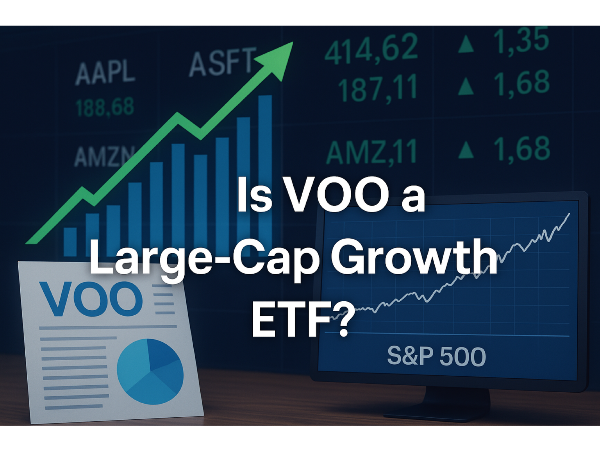

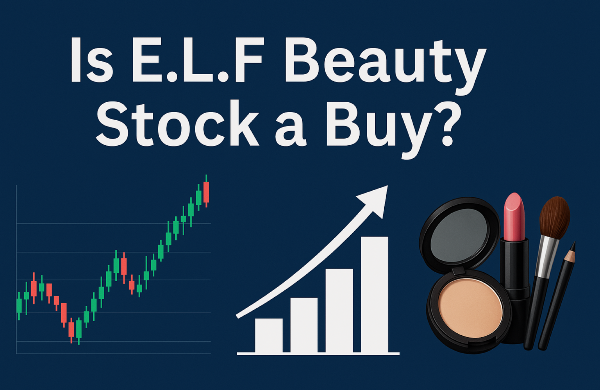
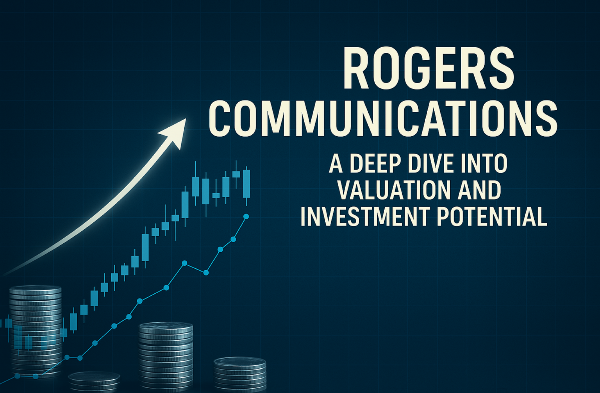
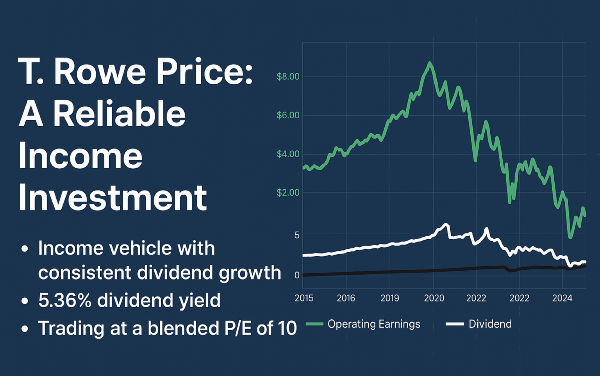
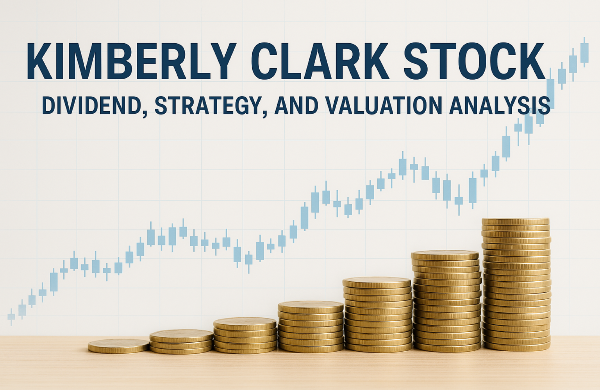

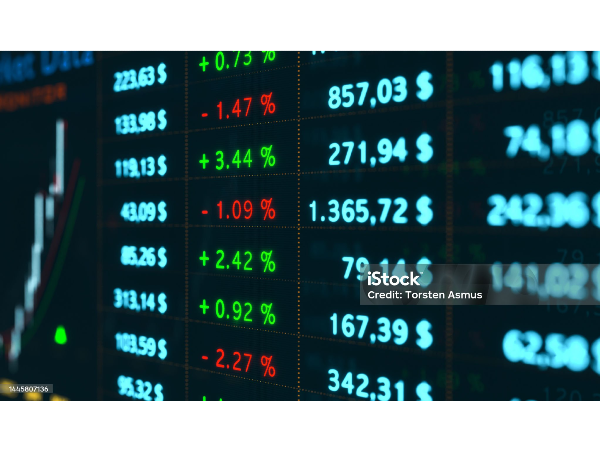


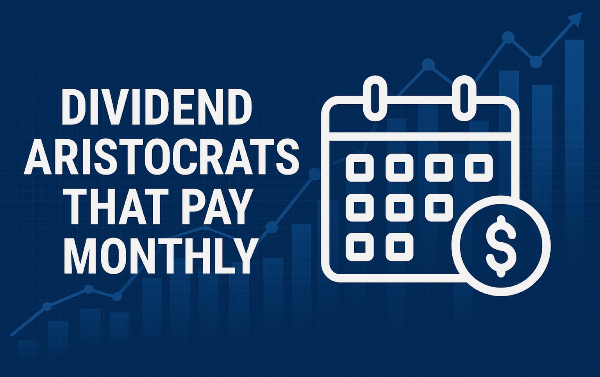
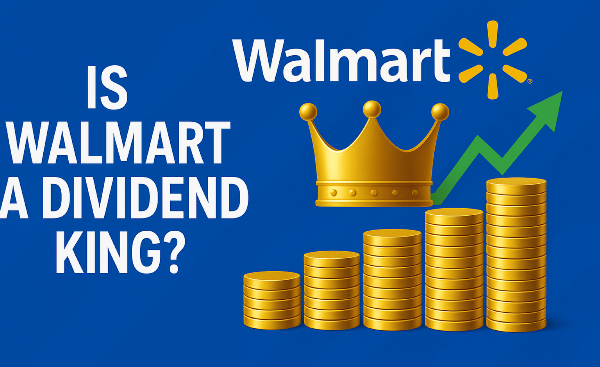
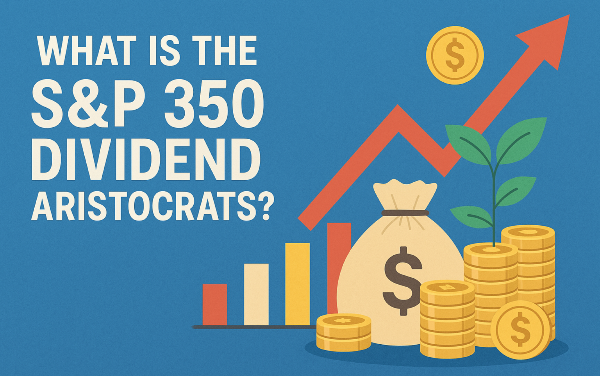
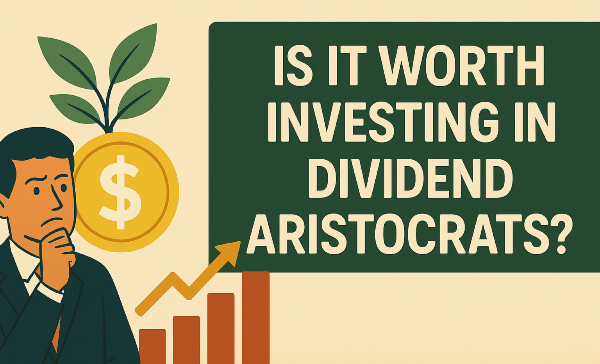
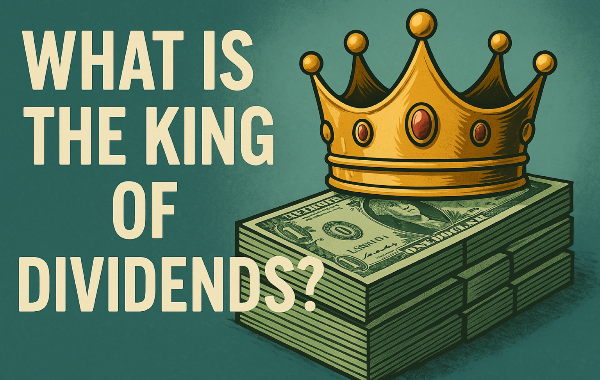
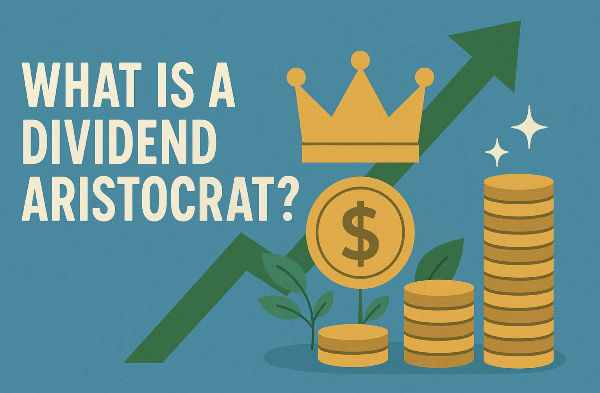
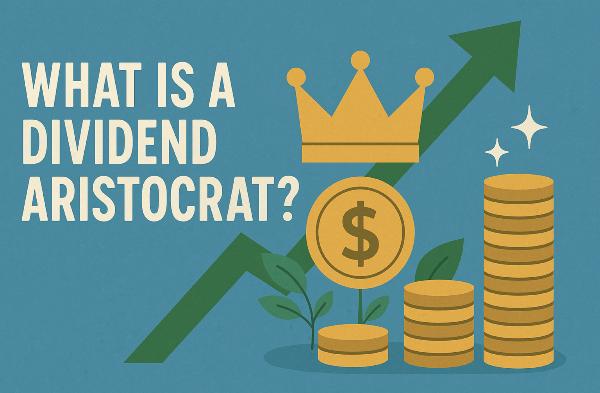
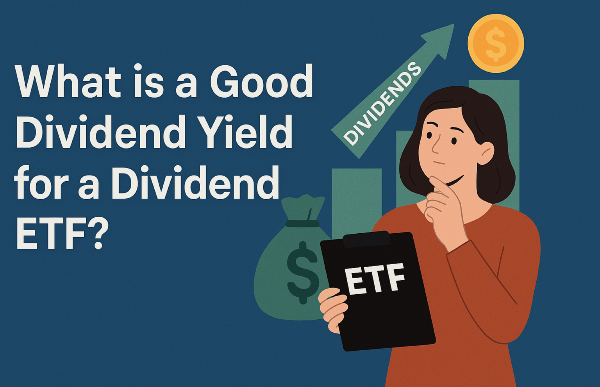
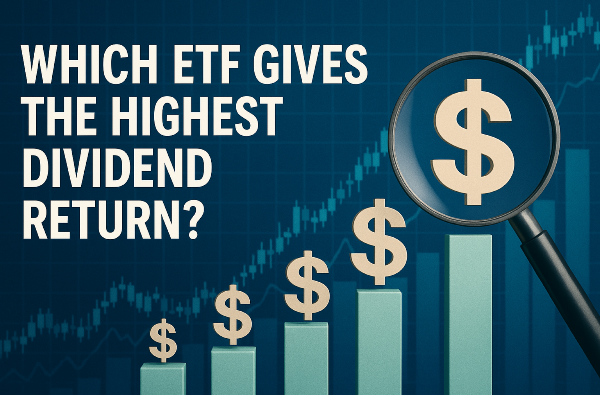











Evaluating VOO’s Position in Large-Cap Growth Investing
Introduction
VOO, the Vanguard S&P 500 ETF, is a popular choice among investors seeking diversified exposure to large-cap stocks. It tracks the performance of the S&P 500, covering leading companies across various sectors. Many investors consider VOO for large-cap growth due to its strong representation of high-performing stocks, particularly in technology and healthcare. While VOO includes growth-oriented companies, it is categorized as a large-cap blend ETF rather than a pure growth fund. Understanding its sector allocation, historical performance, and risk-return profile is essential for determining whether it aligns with growth-focused investment strategies.
Understanding VOO’s Investment Strategy
VOO, the Vanguard S&P 500 ETF, is designed to track the performance of the S&P 500 Index, providing investors with exposure to a diversified portfolio of large-cap stocks. The fund's sector allocation is heavily weighted toward technology, financial services, and healthcare, with companies like Apple AAPL, Microsoft MSFT, and NVIDIA NVDA among its top holdings. This composition ensures that VOO captures the growth potential of leading industries while maintaining stability through established market leaders.
Compared to traditional large-cap growth ETFs like Vanguard Growth ETF (VUG), VOO follows a broader investment strategy. While VUG focuses exclusively on high-growth companies, VOO includes both growth and value stocks, making it a large-cap blend ETF. This distinction allows VOO to provide balanced exposure to the market, reducing volatility while still benefiting from the upward momentum of growth-oriented stocks. Investors seeking pure growth may prefer VUG, but those looking for diversified stability often favor VOO. Historically, VOO has delivered strong performance, closely mirroring the returns of the S&P 500. Over the past decade, the ETF has maintained an average annual return of approximately 12 percent, reinforcing its reputation as a reliable investment vehicle.
Sources:
Vanguard, Stock Analysis, ETF.com
Large-Cap Growth vs. Large-Cap Blend Funds
Large-cap growth stocks are characterized by strong revenue expansion, high projected earnings growth, and reinvestment of profits into business development rather than dividend payouts. Companies like Amazon AMZN and Alphabet GOOGL exemplify this category, as they prioritize innovation and market expansion. VOO differs from traditional growth-focused ETFs like Vanguard Growth ETF (VUG) by offering a broader market exposure. While VUG concentrates on companies with high growth potential, VOO includes both growth and value stocks, making it a large-cap blend ETF. This diversification reduces volatility while still capturing the upward momentum of growth-oriented stocks. The balance between growth and stability in VOO’s holdings is evident in its sector allocation.
Technology stocks, including Apple AAPL and NVIDIA NVDA, contribute to its growth potential, while consumer staples and healthcare stocks provide stability. This mix ensures that VOO benefits from market expansion while maintaining resilience during economic downturns.
Sector Allocation in VOO
VOO’s sector allocation is heavily weighted toward technology, financial services, and healthcare, reflecting the composition of the S&P 500. As of June 2025, technology stocks make up approximately 31.71 percent of the fund, followed by financial services at 13.97 percent and healthcare at 10.86 percent Sector Weightings - FinanceCharts.com](https://www.financecharts.com/etfs/VOO/summary/sector-weightings). Technology and consumer discretionary stocks play a significant role in VOO’s performance. Companies like Apple AAPL, Microsoft MSFT, and Amazon AMZN contribute to the fund’s growth potential, driving innovation and market expansion. Consumer discretionary stocks, including Tesla TSLA and Home Depot HD, add cyclical growth opportunities, benefiting from economic upswings and increased consumer spending.
The sector composition of VOO impacts its growth potential by balancing high-growth industries with defensive sectors. While technology stocks provide strong returns during bull markets, financial services and healthcare stocks offer stability during economic downturns. This mix allows VOO to maintain resilience while capitalizing on market trends.
Risk and Return Considerations
VOO exhibits lower volatility compared to traditional large-cap growth ETFs, making it a preferred choice for investors seeking stability. While growth-focused ETFs often experience sharp price swings due to their concentration in high-growth sectors, VOO’s diversified holdings across the S&P 500 help mitigate extreme fluctuations. Historical data shows that VOO maintains an annualized volatility of approximately 17.3 percent, compared to higher volatility levels seen in sector-specific growth ETFs. VOO balances risk and reward by offering exposure to both growth and value stocks. This blend ensures that investors benefit from market expansion while maintaining resilience during downturns. Unlike pure growth ETFs, which rely heavily on future earnings potential, VOO includes established companies with strong fundamentals.
Case studies of VOO’s performance during market fluctuations highlight its reliability. During the 2020 market downturn, VOO rebounded faster than many sector-specific ETFs, reflecting the strength of its diversified holdings. Similarly, in early 2025, VOO experienced a 19 percent decline during a market correction but recovered half of those losses within a few months.
Institutional and Retail Investor Sentiment
Large financial firms, pension funds, and hedge funds collectively hold billions in VOO, ensuring liquidity and stability. Recent data shows that institutional buyers have increased their holdings, with inflows surpassing $125 billion in the past year Institutional Ownership 2025 - MarketBeat](https://www.marketbeat.com/stocks/NYSEARCA/VOO/institutional-ownership/). This trend highlights confidence in VOO’s ability to provide consistent returns while mitigating market volatility. Retail investors have also shown a growing preference for large-cap funds like VOO. Amid market fluctuations, individual investors have shifted their portfolios toward blue-chip stocks, favoring the stability of large-cap ETFs. The appeal of VOO lies in its low expense ratio and broad diversification, making it an attractive option for long-term wealth accumulation.
Experts predict continued strength in VOO’s future growth potential. Analysts highlight that VOO remains a cornerstone of diversified portfolios, offering resilience during economic downturns. While sector-specific ETFs may provide higher returns in certain conditions, VOO’s balanced exposure ensures long-term stability. With institutional and retail investors maintaining strong interest, VOO is expected to deliver steady expansion in the coming years.
Portfolio Allocation Strategies
As an ETF tracking the S&P 500, VOO provides broad exposure to large-cap stocks, making it a strong foundation for long-term investing. Investors often pair VOO with mid-cap and small-cap funds to enhance growth potential while maintaining stability. Additionally, incorporating fixed-income assets such as bonds can further reduce volatility, ensuring a well-rounded investment strategy. Balancing VOO with other large-cap growth funds allows investors to optimize returns while managing risk. Some investors complement VOO with ETFs like Vanguard Growth ETF (VUG) or JPMorgan Large Cap Growth Fund (JLGMX), which focus more on high-growth companies. This approach ensures exposure to both stable blue-chip stocks and aggressive growth opportunities.
Long-term strategies for maximizing returns with VOO involve consistent investment and portfolio rebalancing. Investors often use dollar-cost averaging to reduce the impact of market fluctuations while reinvesting dividends to compound returns. Additionally, maintaining a diversified asset allocation and periodically adjusting holdings based on economic conditions can enhance portfolio performance.
Conclusion
VOO remains a dominant force in large-cap investing, offering a blend of growth and stability that appeals to both institutional and retail investors. While it does include high-performing growth stocks, its classification as a large-cap blend ETF ensures balanced exposure across various industries, mitigating volatility. Investors looking for steady long-term returns appreciate its sector diversification, historical resilience, and low expense ratio. Whether integrated into a diversified portfolio or used alongside other large-cap funds, VOO continues to be a reliable choice for wealth accumulation and financial security.
Expert Analysis:
VOO provides broad exposure to the S&P 500, making it a strong choice for investors seeking stability. While it includes growth-oriented stocks, it is classified as a large-cap blend ETF rather than a pure growth fund. Investors looking for aggressive growth may prefer sector-specific ETFs, but VOO remains a reliable option for balanced long-term investing.
📌Read More About Voo:
Top Large Cap Stocks- https://stockbossup.com/pages/topics/large-cap
Why is VOO So Popular?- https://stockbossup.com/pages/post/38754/why-is-voo-so-popular
Does VOO Automatically Reinvest Dividends?- https://www.stockbossup.com/pages/post/38795/does-voo-reinvest-dividends-automatically-investment-strategies-and-benefits-explained
What is VTI and VOO?- https://stockbossup.com/pages/post/38634/what-is-vti-and-voo
Why VOO Over SPY?- https://stockbossup.com/pages/post/39131/voo-vs-spy-which-s-p-500-etf-offers-better-long-term-value
Is a SCHD or VOO Better?- https://stockbossup.com/pages/post/38645/is-a-schd-or-voo-better